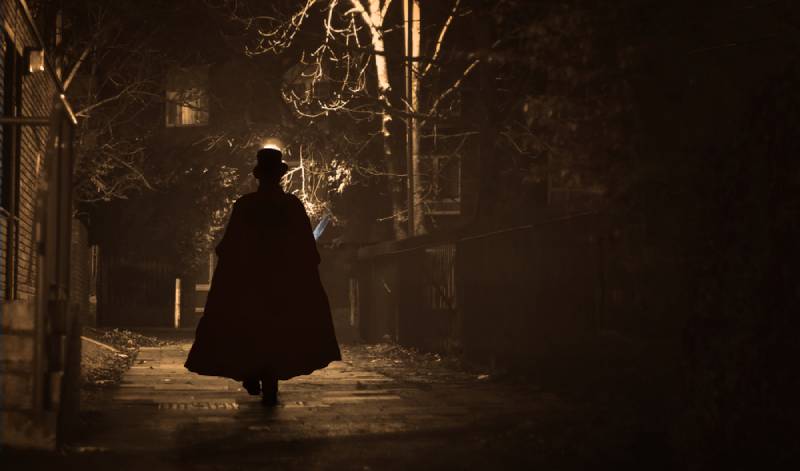When you studied history at school, you likely spent a lot of your time learning about the World Wars, the Roman Empire, the Aztecs and the ancient Egyptians amongst others.
While much of those stories hold gruesome details, there are few more gory tales than that of Jack the Ripper, who is believed to have brutally murdered at least five women in the Whitechapel area of London.
Regarded as Britain’s, and probably the world’s, most notorious serial killer, the story of Jack the Ripper continues to be told to this day because the culprit, active in 1888, was never unmasked.
No one can definitively say with any authority who Jack the Ripper was and no one ever will, although there are countless theories surrounding the identity of the killer.
Table of Contents
The Canonical Five
‘The Canonical Five’ before, which is in reference to five women who all work as prostitutes in Whitechapel.
Those women were called Mary Ann Nichols, Annie Chapman, Elizabeth Stride, Catherine Eddowes and Mary Jane Kelly.
Other victims are often linked to the killer, but these are the five that are believed to have been murdered by the Ripper.
Theories and Suspects
There are countless theories and suspects relating to the case, with names such as Aaron Kosminski, Montague John Druitt and Francis Tumblety routinely cropping up. The most popular theme that runs through many of the theories is the apparent agreement that, whomever Jack the Ripper skill with a surgical knife and, therefore, is likely to have a medical background.
Other theories surround the letters allegedly sent by Jack the Ripper to the London press, with many widely claimed to have been forged by members of the public and/or journalists looking for an exclusive. Some theories even stretch as far as claiming that the Whitechapel Murderer and HH Holmes, the American serial killer, are one and the same owing to similarities in the state of their victims, timeframe and other aspects some believe to be more than coincidence.

Why the World Remains Fascinated by Jack the Ripper
The world cannot get enough of the Jack the Ripper casebook because of the mystery and potential for deceit that surrounds it. Victorian London was a very different place to the city we know today, with densely lit streets and a clear divide between the upper and lower class, anything was possible under the cloak of the night.
Law enforcement dealing with such a case that, with modern technology, CCTV and the advancement of forensic science would have surely seen the anonymous murderer unmasked and brought to justice.
Now, the Whitechapel area sees a lot of tourism with visitors coming from far and wide to visit the crime scenes and other areas of interest relating to Jack the Ripper. Walking tours prove to be highly popular, with multiple tours running every day, making up a part of the tourist’s London experience.
Will Jack the Ripper Ever Identify?
No, at least not definitively. For all we know, one of the theories that publish speculating about the identity of the killer be correct. In fact, one of them probably is, but we will never know without any shadow of a doubt. Evidence has been tampered with due to the sheer volume of people that have handled it (law enforcement was not as careful in preserving evidence for forensic details in 1888) and has deteriorated over time.
Even though we will never know, it still doesn’t take away from the lure of the mystery surrounding the case and, if anything, adds to it. Books written, and tourists flock to the streets that Jack the Ripper carefully selects his next unwilling victim.




